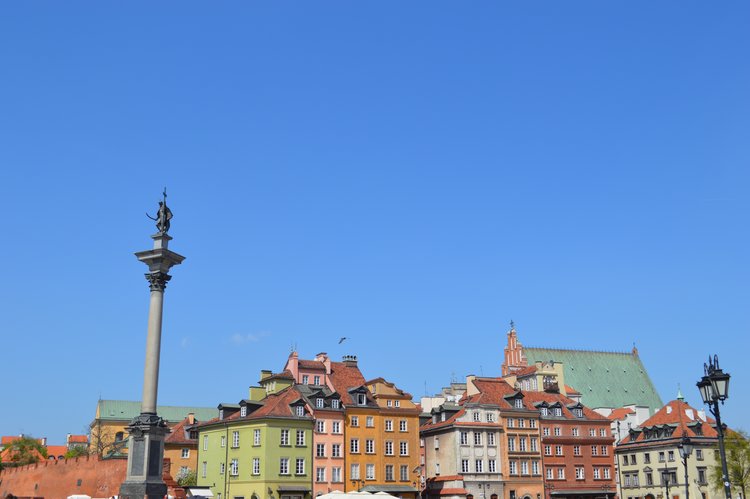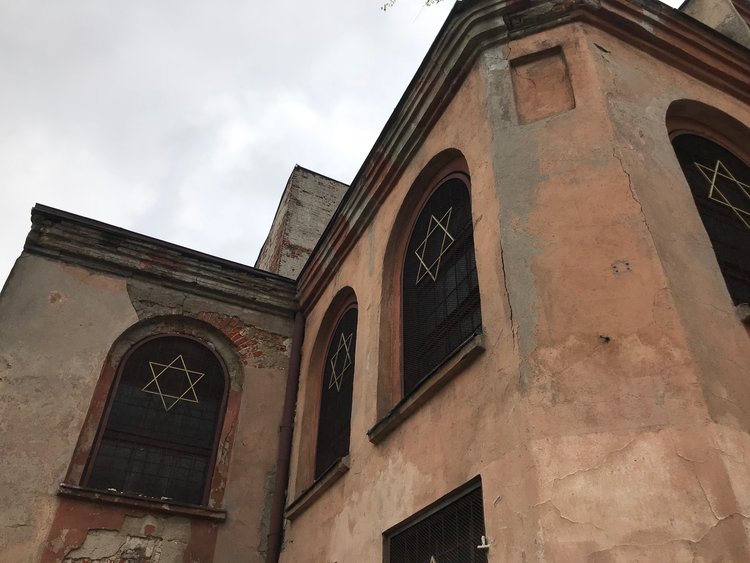Poland
I went to Poland to learn more about its heritage, history and Jewish culture, before, after and during the Second World War. A decade ago, I travelled to Krakow and had visited notorious death camp Auschwitz-Birkenau—but I was interested to see other parts of Poland, and to tour the same city 10 years later.
Warsaw
After the Second World War, Warsaw was destroyed after repeated bombings. When a new government was formed under Soviet influence (from 1944 to 1989), identical communist-style apartment blocks were erected to provide housing en masse. The massive and daunting Palace of Culture and Science was built as a "gift" from Stalin. One of the reasons I found Warsaw so interesting was because of the mismatched architecture: deserted grey buildings next to manicured mansions, the metro system with modern glass entrances jutting out against a backdrop of graffitied walls.
Warsaw, like many other Polish cities during the war, had ghettos where Jewish families were forced to live. The Krakow, Lodz, and Warsaw Ghettos were liquidated at the end of the Second World War. The remains of a red brick wall, now behind some apartment buildings, is basically all that's left of the Warsaw Ghetto. There is also a stone outline on the streets indicating the perimeter of the former ghetto. You can see markings on the ground where a bridge was once used to connect both sections of the ghetto.
The Umschlagplatz monument shows the "collection spot" where Jews would wait to be deported from the Warsaw Ghetto to concentration camps.
Remnants of the wall of the Warsaw Ghetto
The list of priorities right after the war didn't include preserving or restoring anything in relation to the Holocaust. In place of what was considered the largest synagogue in the 19th century, the Great Synagogue, a skyscraper was built. Despite the little preservation directly following the war, Poland has taken measures to highlight its entire history (not only Jewish culture) with statues, plaques, and museums that explain the complexities of their past and struggle for independence.
What to do in Warsaw
A view of the POLIN Museum
- POLIN Museum: Take a closer look at Poland's Jewish history, starting with the first settlers, who, according to myth, were fleeing persecution and passed through a forest where they heard the words "po-lin" ("rest here," in Hebrew). That's the Jewish story of how Poland got its name. In one variation, the heavens parted and a hand pointed to where they should settle. In another variation, instead of a voice, the words were carved on trees.
A virtual tour is available online.
- Lazienki Park (nicknamed the Royal Baths Park): This green space is home to palaces and gardens with wildlife (swans and peacocks and squirrels) roaming the grounds. There are ponds and rivers running through it and you can even take a boat ride. Tour the inside one of the palaces, cool off under the shade of a tree, or grab lunch at a cafe in the park.
A palace at the Royal Baths park
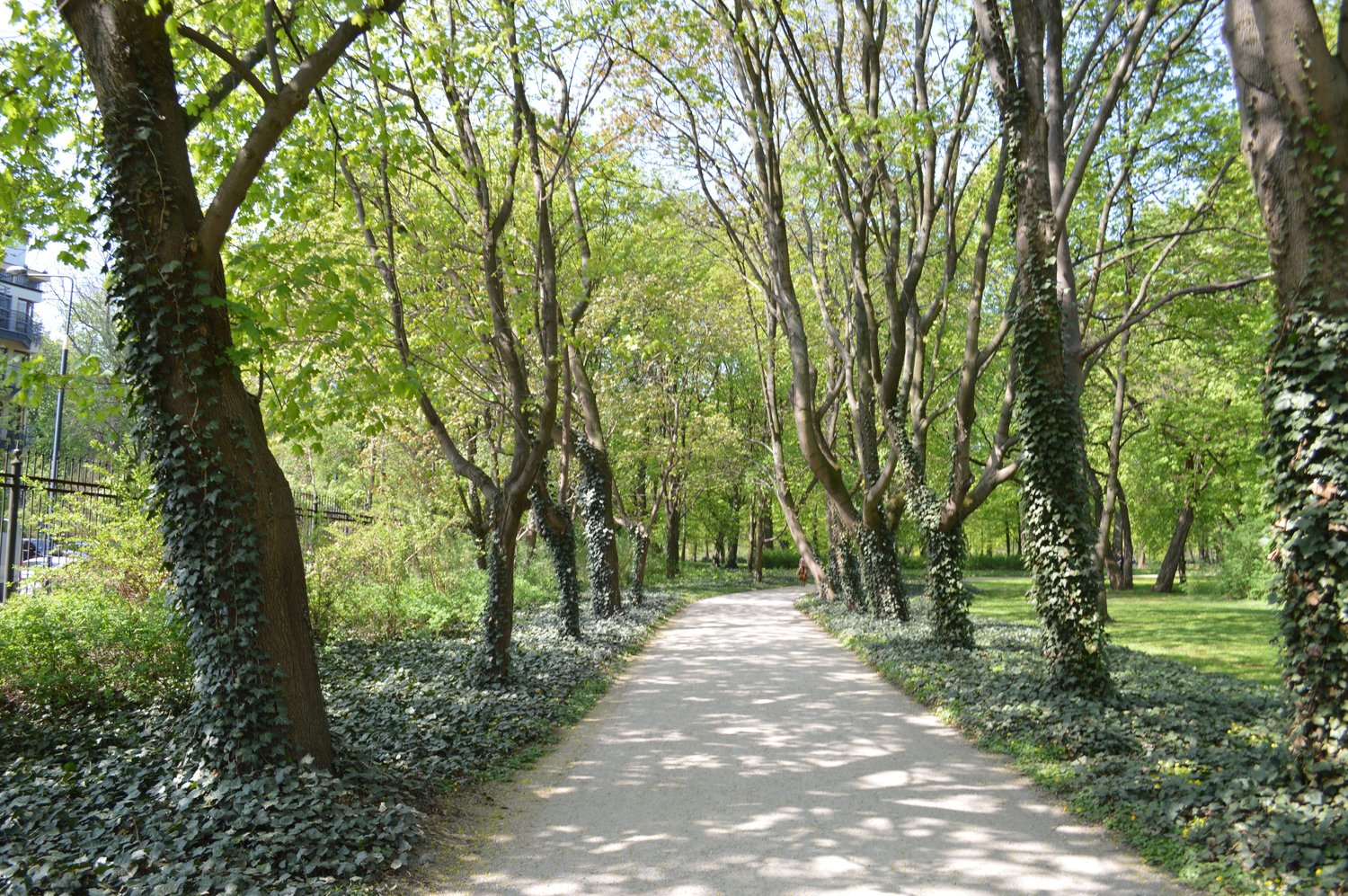

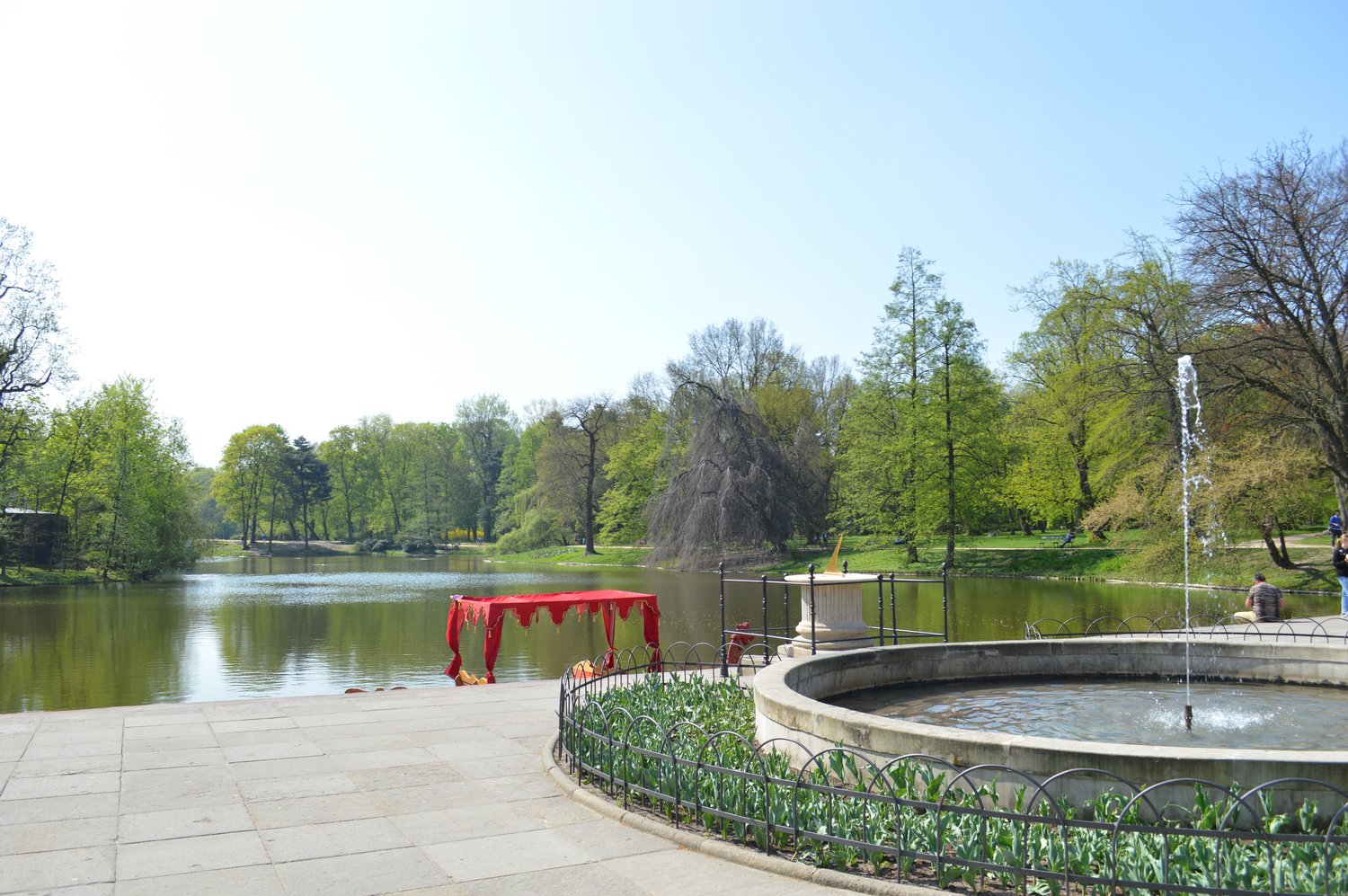
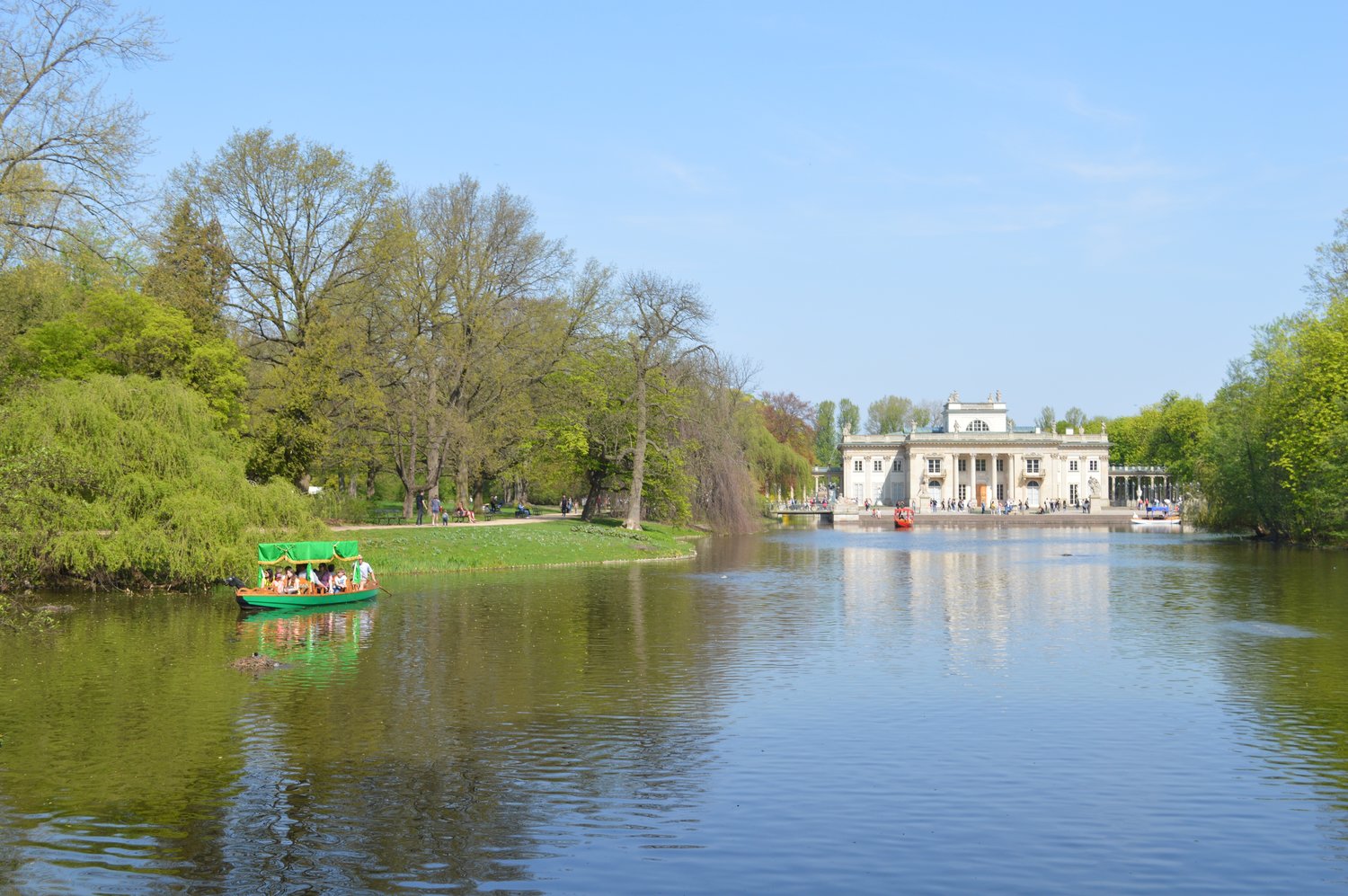

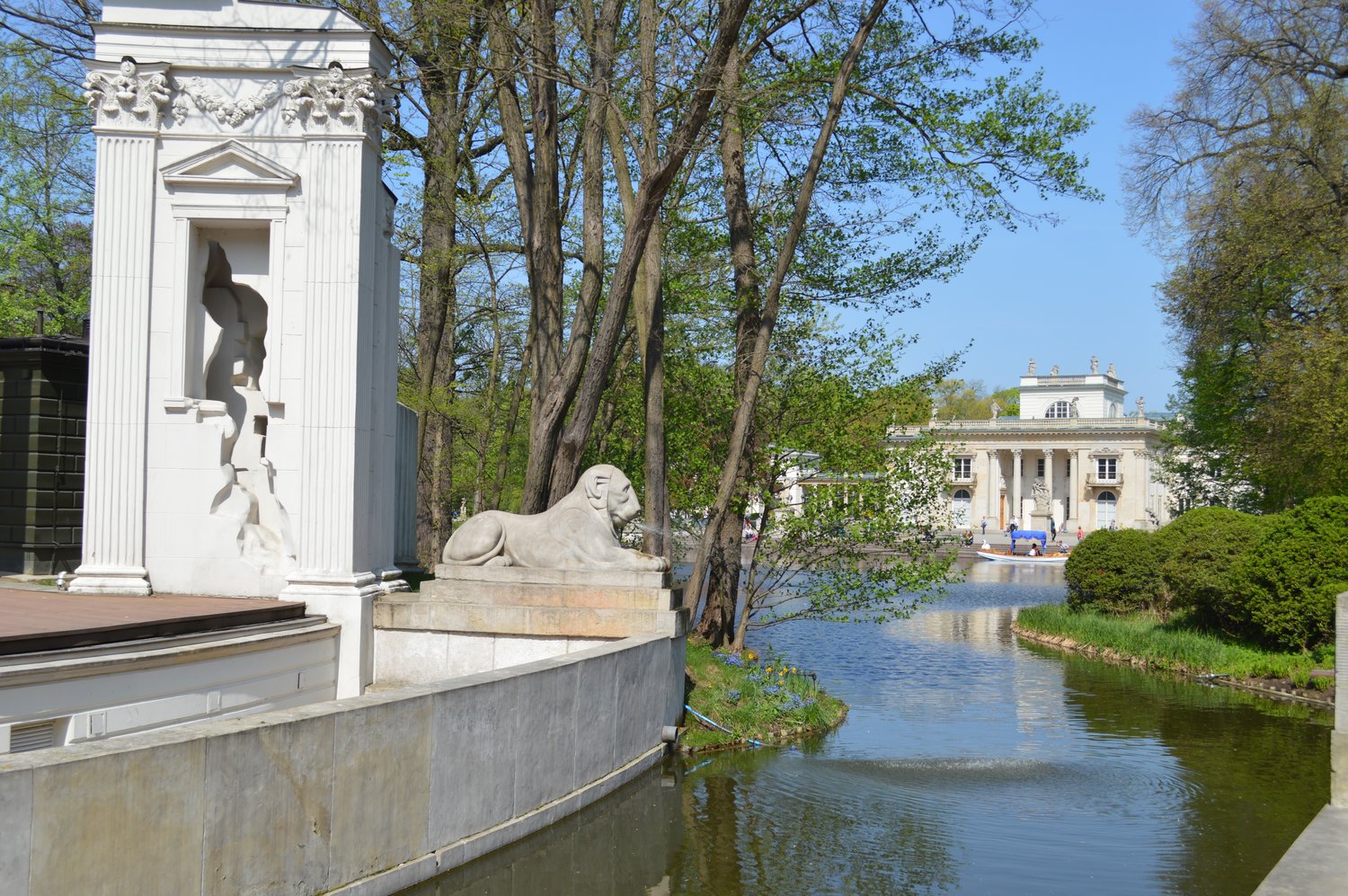
- Old town: Colourful shops, cafes, museums and churches with a view of Warsaw. Walk around and check out the street musicians who play pieces by world-famous Polish composer Chopin. Another famous Pole, Copernicus, also has a monument dedicated to him in the area. (The science centre is even named after him.)
The Copernicus monument in front of the Staszic Palace in Warsaw
Eat in Warsaw:
Polish food is hearty and delicious. From pirogies to borscht, you won't feel empty when dining out in Warsaw. For a traditional Polish meal, head to Kuznia Smaku, which has a pre-war era ambience in an intimate setting.
Lodz
Lodz grew from a settlement in the 14th century into an industrial city, dedicated to producing textiles by the First World War. Red brick buildings are scattered around the city that once used to operate mechanical looms. Similar to Warsaw, there is a juxtaposition of old and new—abandoned tenement houses next to elaborate estates.
The outline of arms and hands can be seen imprinted in the stone if you look closely.
- Radegast train station: This was the first stop for hundreds and hundreds of nearby Jews who were deported to Auschwitz-Birkenau and other camps. People were packed into cars meant for cattle for the slow, cramped ride. Many died on the way.
At the site of the train station, there are six large tombstones with the names of the six camps. There is also a monument dedicated to Jewish victims, which is in the shape of a chimney to symbolize the gas chambers where so many people were sentenced to death. When you look up, out of the chimney, you can see the sky, a symbol of hope.
Reicher Synagogue from the outside
- Reicher Synagogue: From the outside, it's an extremely rundown, rusty looking building. But the inside, although equally deteriorating, is bright and filled with bold colours. The synagogue was saved from destruction because it was used to store salt during the Second World War. Religious services are no longer held there but people can still visit the space.
The inside
Krakow
Much of Krakow is still intact from after Second World War. Some buildings date back to the 14th century, including the Wawel Castle, the historic Old Town with its sprawling main square, and the Jewish quarter, Kazimeirz. My guide explained that when Nazis took over the city, they felt that it was "German" in character, and therefore left it mainly as it was. Instead of destroying all the synagogues, they used some for storage. Instead of obliterating the castle, Nazis used it as home and headquarters.
View from Wawel Castle
- Central Museum of Textiles: This museum shows off the industrious nature of Lodz. See how the machines worked and what they produced, from rugs to suits and dresses. Before entering the museum, there are small buildings lining a cobblestone road to show what the settlement looked like prior to the industrial boom.
- Wawel Castle: This sprawling castle sits overlooking the spiralling Vistula River. It's now home to a large art collection and the site of the Wawel Cathedral, where several Polish kings and and heroes were buried in its crypt. The cathedral is around 900 years old and is decorated with elaborate tapestries and ornate carvings.




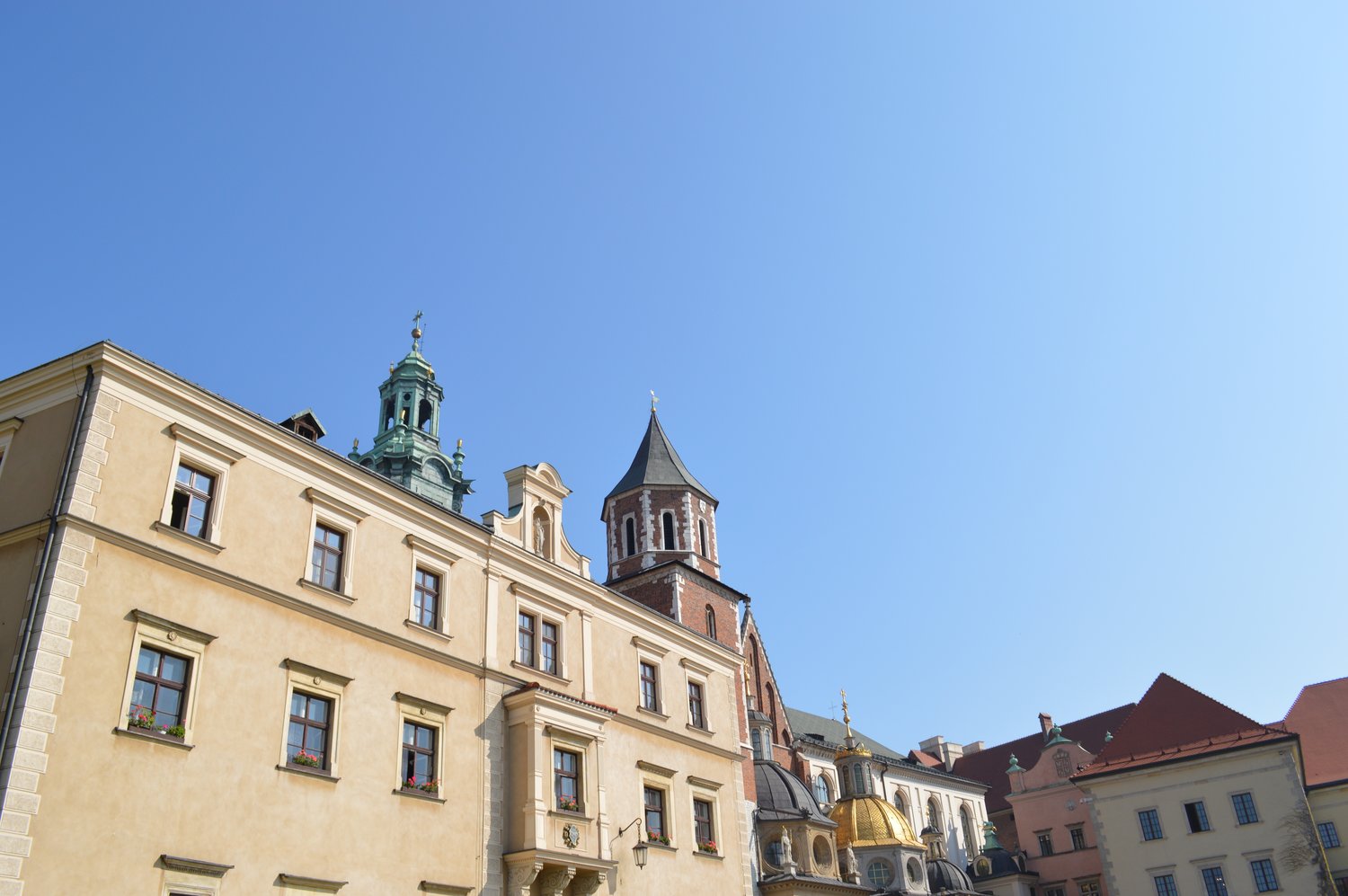


- Auschwitz-Birkenau Memorial and Museum: The death camp is synonymous with the Holocaust. It was the site of more than a million murders of men, women and children—designed specifically for killing. (The ROM has an excellent exhibit about this open until September 2018. I wrote about it when it first opened.). As more and more people were being shipped there, the original site expanded to include the surrounding areas, hence the creation of Auschwitz II-Birkenau, Auschwitz III-Monowitz and other sub-camps.
The guided tour was informative (and unsettling), walking through barracks where people slept, seeing the suitcases with last names scrawled on the outsides, and observing the items left behind—shoes, glasses, bowls—that were collected by Nazis as their prisoners were sent to their deaths.
- Wieliczka Salt Mine: If you have some time to spare, explore the tunnels carved out of salt by walking 64 metres down to get to the first level of the mine. On your tour, you get to see a chapel with hanging chandeliers, an underground lake, and statues (again, made out of salt) lining the three-kilometre stretch of the tunnel tour. And if you're worried about climbing back up, don't worry. There's an elevator that takes 30 seconds to ascend.
A view of a large room in the salt mine



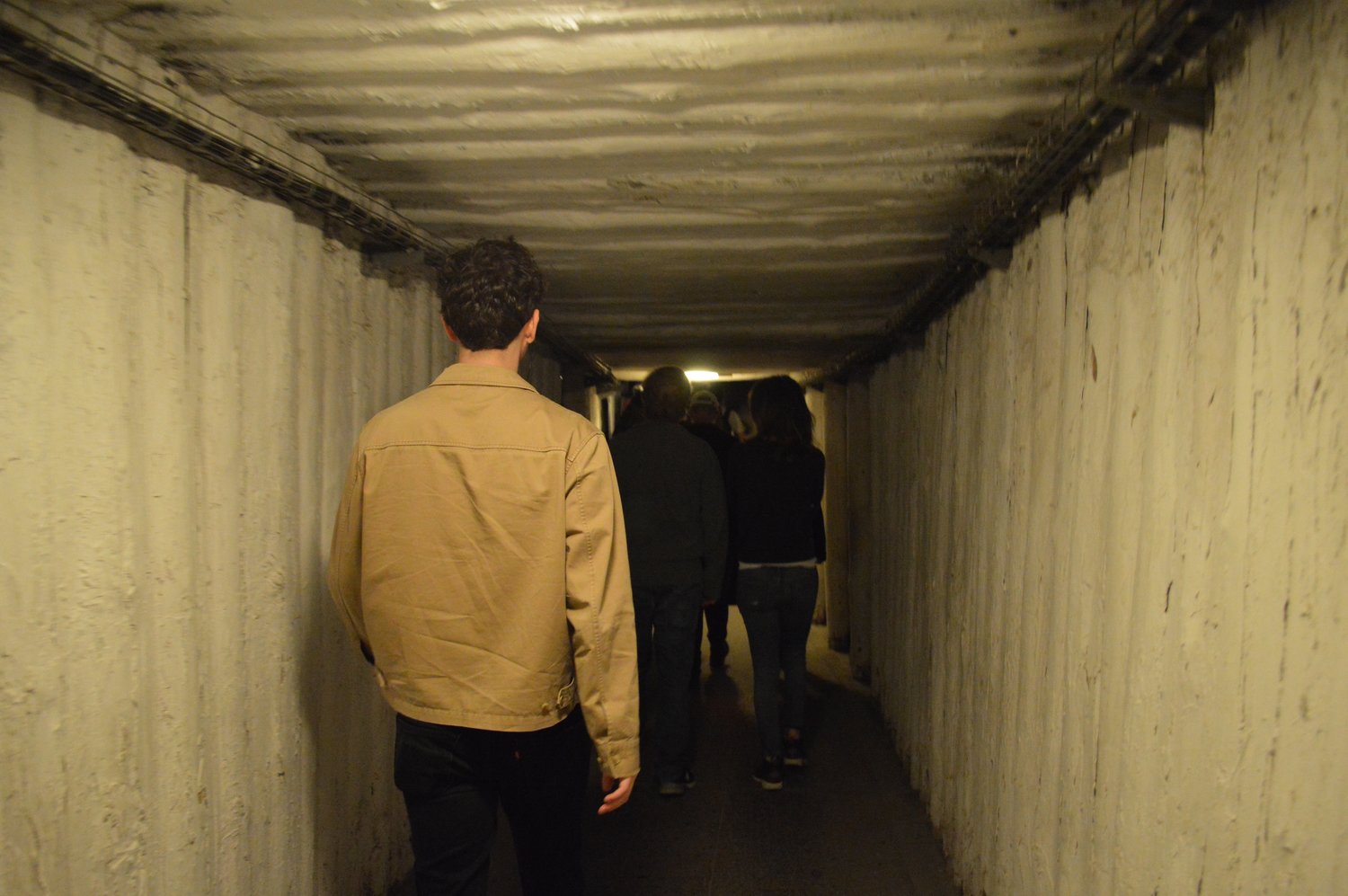
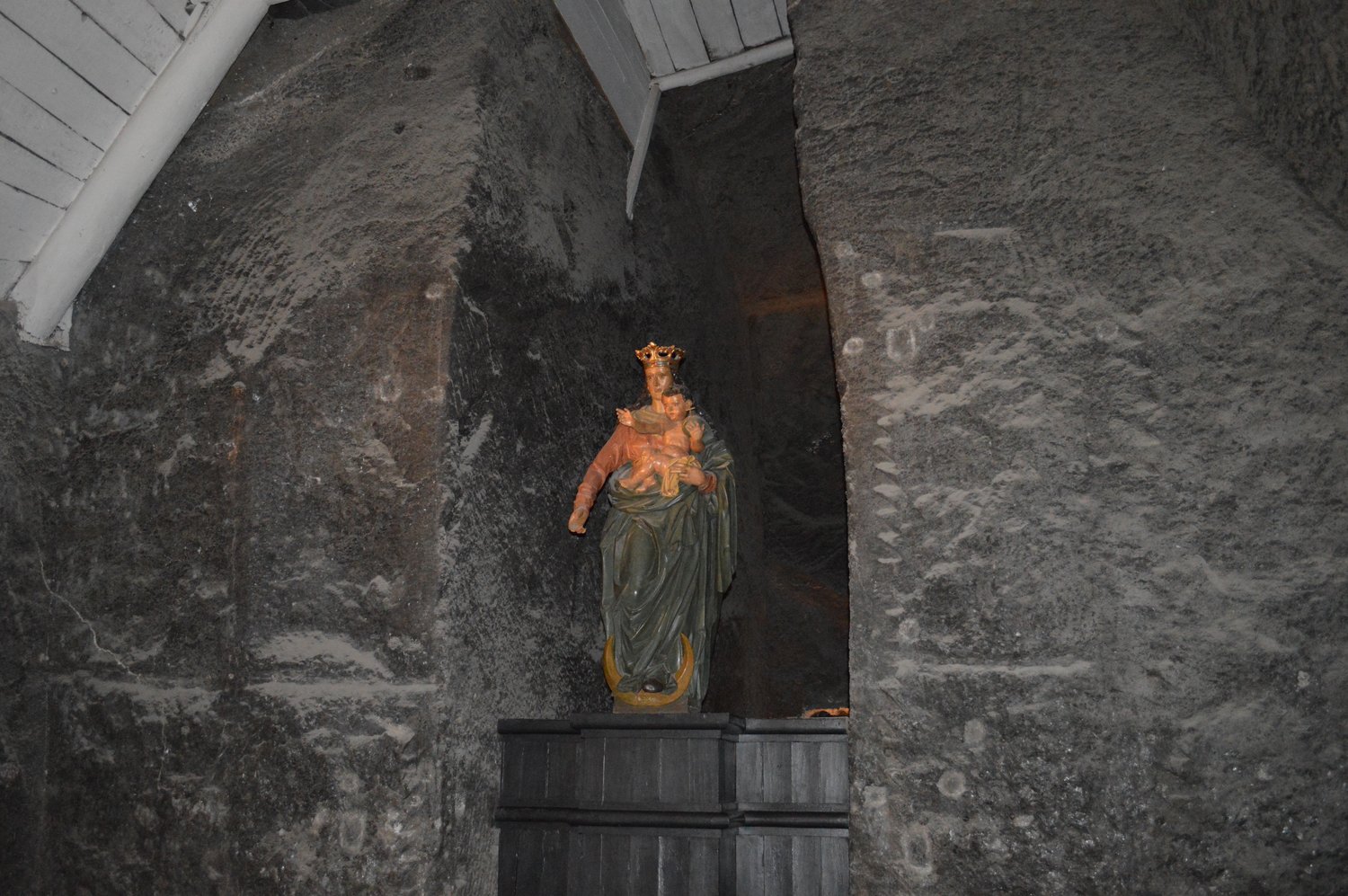



- Kazimeirz (or the Jewish quarter): This area has traditional Polish-Jewish food and a synagogue dating back to the 16th century that's still in use. You can visit the Remuh Synagogue by offering a small donation. Or grab a zapiekanka (an open-face baguette with cheese and other toppings, like a Polish pizza), at Plac Nowy. The plaza used to be a busy marketplace where Jews could buy kosher food. Now there are restaurants, shops and flea markets in the rotunda. If you enjoy street art, wander around the area that has colourful graffiti and murals. There's even one dedicated to cosmetics entrepreneur Helena Rubinstein.
A view of the Jewish quarter
Walking around Kazimeirz
Remuh Synagogue
A cafe window in Kazimeirz
Painting of Helena Rubinstein in the streets of Kazimeirz
Empty Heroes Square is a monument dedicated to the heroes of the Krakow Ghetto, on the site where they were deported.
- Old Town: The centre of the Old Town is Krakow's massive Main Square, one of the biggest in Europe, with cafes and shops scattered along the outside. Every hour, you can hear a trumpeter play a tune from the tower of St. Mary's Church in the square. Legend has it that this was a warning call when the Mongolian Empire was attacking Krakow in the 13th century. The trumpeter was shot in the throat before he could complete the song, which is why there is an abrupt end to the music playing. The song is repeated four times—one in each direction—and then the trumpeter must descend the stairs until the next performance.
The area around the main square is filled with historic buildings and churches, like the Saints Peter and Paul Church and the Jagiellonian University, dedicated to research. Famous alumni include two-time Nobel Prize winner Marie Curie and astronomer Nicolaus Copernicus.
Gardens while walking near the Old Town
To the left, St. Mary's Church in the Main Square
Another view of the main square








